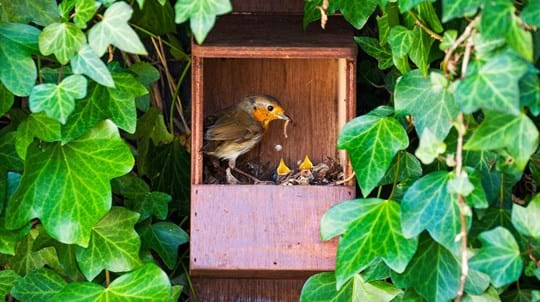
Shop
Buy ready-made habitats
Turn your garden into a haven for wildlife.
External link

Citizen science manager
Now is the time to ‘put your garden to bed’, as gardeners say when they’re getting ready for winter. I find it a satisfying process – it’s a little sad as it signifies the end of the growing season, but pottering round the garden on sunny autumn days is a great time to appreciate the hard work you’ve put in and make plans for next year. Here are my tips on how to protect your plants in winter so the garden can spring back to life in the new year.
To know how much protection your plants need, it’s important to understand what’s growing in your garden. If you’re not sure how hardy your plants are, the Royal Horticultural Society website is a useful place for advice. Hands up, how many of you made an impulse purchase at the garden centre this year? I know I certainly did!
Some plants don’t need any help at all to survive winter. Native plants are really the easiest to have in your garden as they have evolved to cope with our wet, cold winters. For instance, trees and shrubs like silver birch, holly or hawthorn shouldn’t need any extra attention. Bulbs like wild bluebell are already safely underground, probably starting to put out roots ready for next year.
Many garden plants like sunflowers and nasturtiums are annuals which only live one season anyway. Some short-lived perennials like violas are hardy but may get a bit tatty over time. They grow readily from seed so it’s a good idea to treat them as annuals and grow them fresh next year.
The elements can wreak havoc on our plants in winter. Over-saturation from heavy rains can cause root rot, while wind can increase cold damage or cause dehydration. If you can, transfer vulnerable plants to areas of better shelter. Move them inside, or place against walls, fences or other plants.
Some plants, like many herbs from the Mediterranean, are hardy in our climate but dislike excess winter moisture, so they may do better in a greenhouse or a porch where they can stay dry. Or bring them into the house to keep them growing over winter.
If moving susceptible plants isn’t practical, make sure they have enough drainage to protect them from heavy downpours. Raise pots off the ground to avoid them waterlogging, and potentially freezing and splitting when it turns even colder. Adding a stake can provide stability against strong winds too.
When temperatures really plummet, tender plants can be protected three ways.
1. Move them
Move plants in pots to a warmer or more sheltered part of the garden or into a cold greenhouse or cold frame. Some garden plants, like dahlias and gladioli, are root hardy but not shoot hardy. Generally, they will die down to the ground with the first frost, but the roots, tubers or bulbs should survive to send up shoots next year. In colder parts of the UK though, you may need to lift them and store them in a shed before planting them out again in spring.
Pot plants that have gone completely dormant, like begonias or tender fuchsias which have dropped their leaves, will be quite happy in a dark shed over the winter. Other plants that are still green and growing slowly will continue to need light, so a cold greenhouse would be better.
If a plant won’t stand any frost, it will need to be in a heated greenhouse (though this isn’t very environmentally friendly!) or a cool, light room in the house for the winter.
2. Add mulch
Many tender plants will benefit from mulch over their roots for added protection in winter. Mulch could be garden compost, wood chippings or leaf mould. As an added bonus, it will provide soil nutrients as it slowly rots and will also help to retain water, so reduces watering next year. The blackbirds in my garden love turning over the mulch all winter to look for bugs, so it’s great for them too.
3. Cover them up
If frost is forecast, you can throw some old newspaper or horticultural fleece over plants and pots temporarily. You might need a few layers for exposed plants if it’s especially cold.
Do you really need to tidy away the last flowers, seed heads, fallen fruit, berries, or dead growth? Wildlife may still be relying on them for food or shelter so leaving some behind could be a lifeline in colder months. Ivy is one of the last garden nectar sources for late-flying insects and birds feast on its fruit through the winter too, so leave any pruning until the last fruit has gone if you can.
Consider putting out supplementary feed for birds or install a cosy home in a quiet corner. You can buy a variety of habitats, or follow our guides to have a go at making your own.

Shop
Turn your garden into a haven for wildlife.
External link
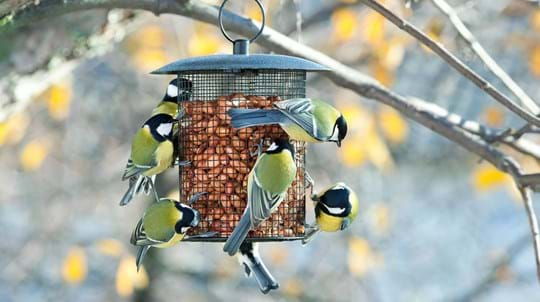
Blog
Amy Lewis • 22 Feb 2018
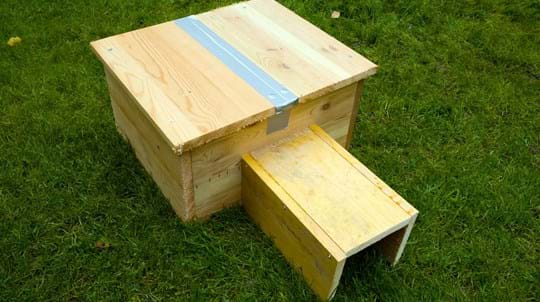
Blog
Charlotte Varela • 19 Aug 2019
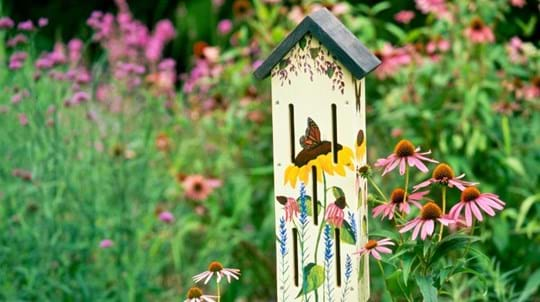
Blog
Rachel Hoskins • 12 Jul 2019
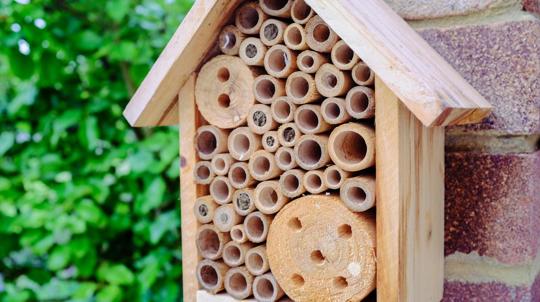
Blog
Hannah Vickers • 17 Apr 2020
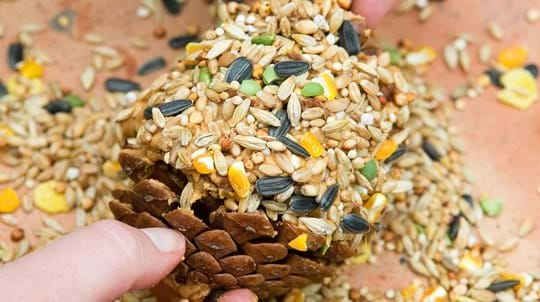
Blog
Amy Lewis • 15 Jan 2019
Planting a tree or hedge in your garden has so many benefits and winter is the perfect time to plant.
From autumn colour, shelter and improved drainage to havens for wildlife and fighting climate change, there are lots of species to choose from to suit your space and needs.
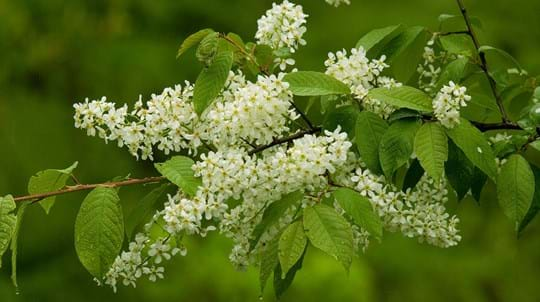
Blog
Helen Keating • 08 Nov 2021

Plant trees
Thinking of planting trees, but need some help? Explore advice on choosing the right tree species, location, how to plant and aftercare.
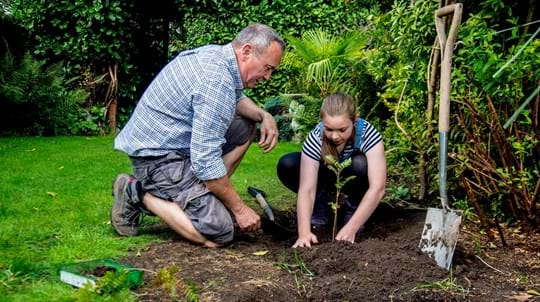
Shop
Whether you have a garden large or small, we've got the right tree for you. Choose from our range of native trees – all perfect for wildlife and with something to suit most spaces.
External link

Blog
Helen Keating • 19 Oct 2020
Think ahead to what you want from your garden next year. When considering new plants, think about what they’ll provide and how much maintenance will be needed – good planning now could save some effort later! For example, adding more hardy plants to your collection like native trees, foxglove and wild marjoram could mean less work to protect them next winter and reduce risk of losses too.
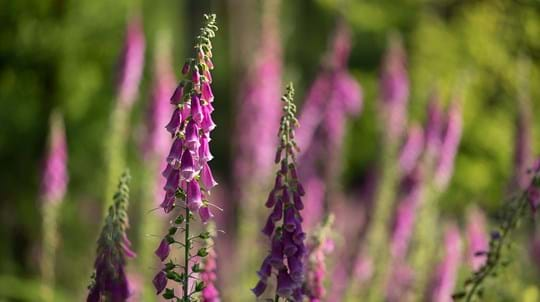
Blog
Charlie Mellor • 07 Mar 2024
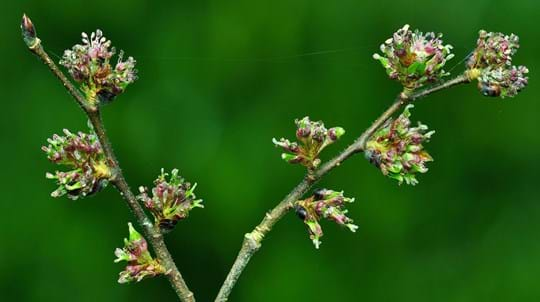
Trees woods and wildlife
Our A-Z guide to British trees from native species to naturalised and widely planted non-natives.
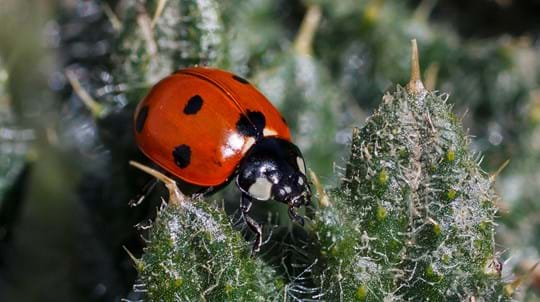
Blog
Charlie Mellor • 16 Apr 2024
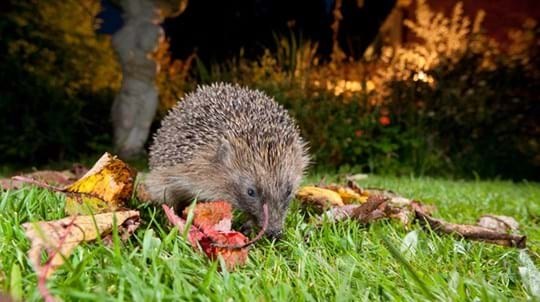
Blog
Charlie Mellor • 26 Jun 2020
We have single trees and tree packs to meet your needs, from wildlife to woodfuel. Delivery is free.
Shop now